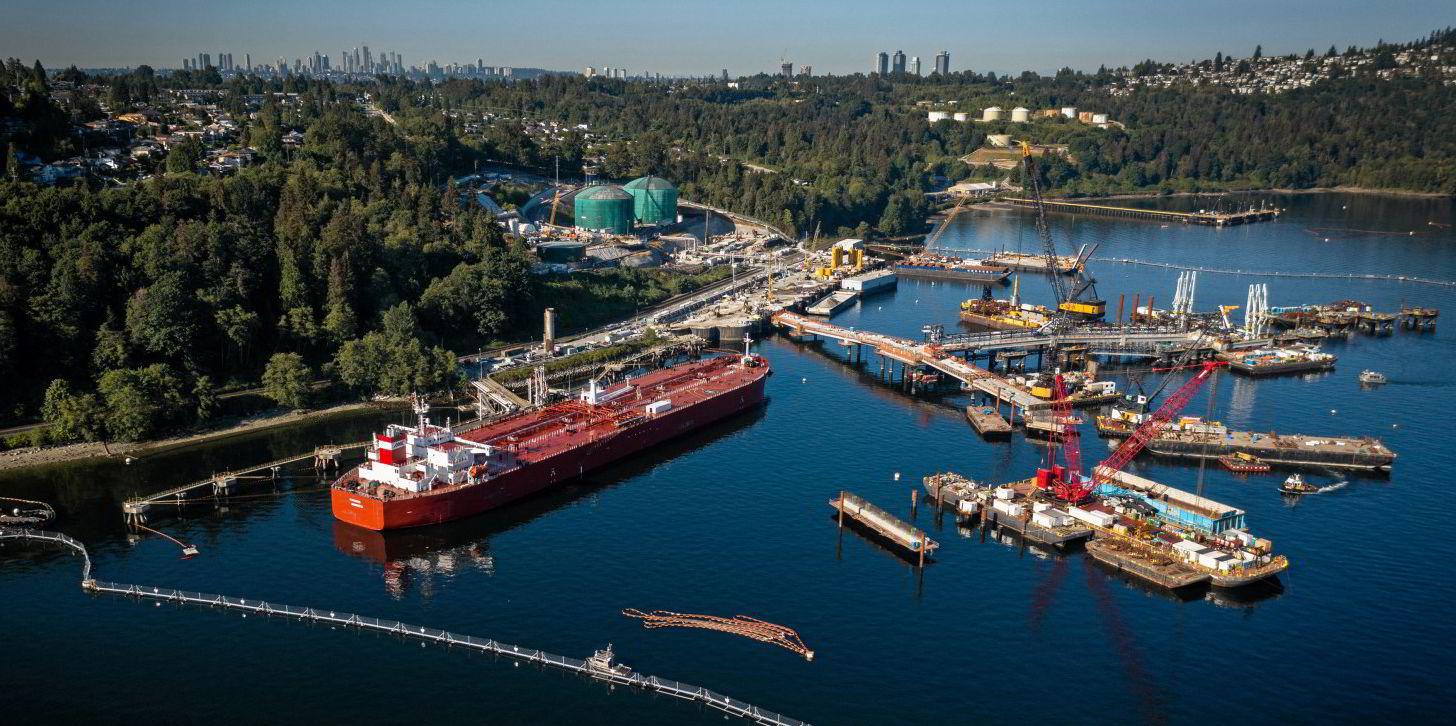The pace of the rise in newbuilding tanker prices is slowing, BRS Group believes.
And the trend is set to continue, the shipbroker said, with secondhand asset values having more upside .
The second quarter has so far seen an easing of newbuilding contracting activity and sale-and-purchase business, it added.
BRS quotes a new VLCC costing $129m, with a five-year-old ship priced at $111m.
“Despite the easing activity, asset values continued to strengthen, with newbuilding prices remaining resilient, albeit with annual price gains decelerating, as five-year-old prices have narrowed the gap to the newbuilding price ceiling sequentially since February,” it said.
“We expect this trend to persist, as the momentum in the newbuilding price rally is likely to take a breather.”
Secondhand values could potentially have further upside, however, with suezmax and VLCC prices standing to benefit the most, as spot earnings differentials to aframaxes narrow, while period earnings differentials widen, BRS said.
It calculated that secondhand asset-value momentum is accelerating for five to 10-year-old tankers, despite increased S&P liquidity for 15-year-old-plus units.
Prices of suezmaxes aged 10 years have strengthened by the largest increment, with gains so far this year of 18%.
Five to 10-year-old aframaxes, 10-year-old LRs and MR2s, and five-year-old VLCCs have also been in demand.
“Despite VLCC transactions being concentrated in the 15 to 20-year-old range over the past two months, values have remained subdued in this age bracket, which was the only one to register annual declines of more than 15% on average,” BRS added.
Most of the deals in this age bracket were for less sought-after Chinese-built units, justifying part of the discounts.
VLCC prices rising most quickly
“Meanwhile, VLCCs’ secondhand values have seen sharper increases compared to the rest of the sizes when benchmarked against the beginning of the tanker upcycle in February 2022 due to the relative underperformance of spot and time charter earnings,” BRS said in its monthly report.
“We expect this gap to close further, with VLCCs’ asset-value strength outperforming as the year progresses, absent any major external market shock.”
Eva Tzima, head of research at Greece’s Seaborne Shipbrokers, said the number of S&P enquiries remains in sync with bullish sentiment on the freight front.
Most prospective investors are exploring buying opportunities involving 18-year-old or much younger MRs, she added, and owners of these ships are also becoming increasingly confident about potential profitability ahead.
“Finding a unit fitting this rather broad criteria has started to become less easy than before, despite the wide age range,” she said.





